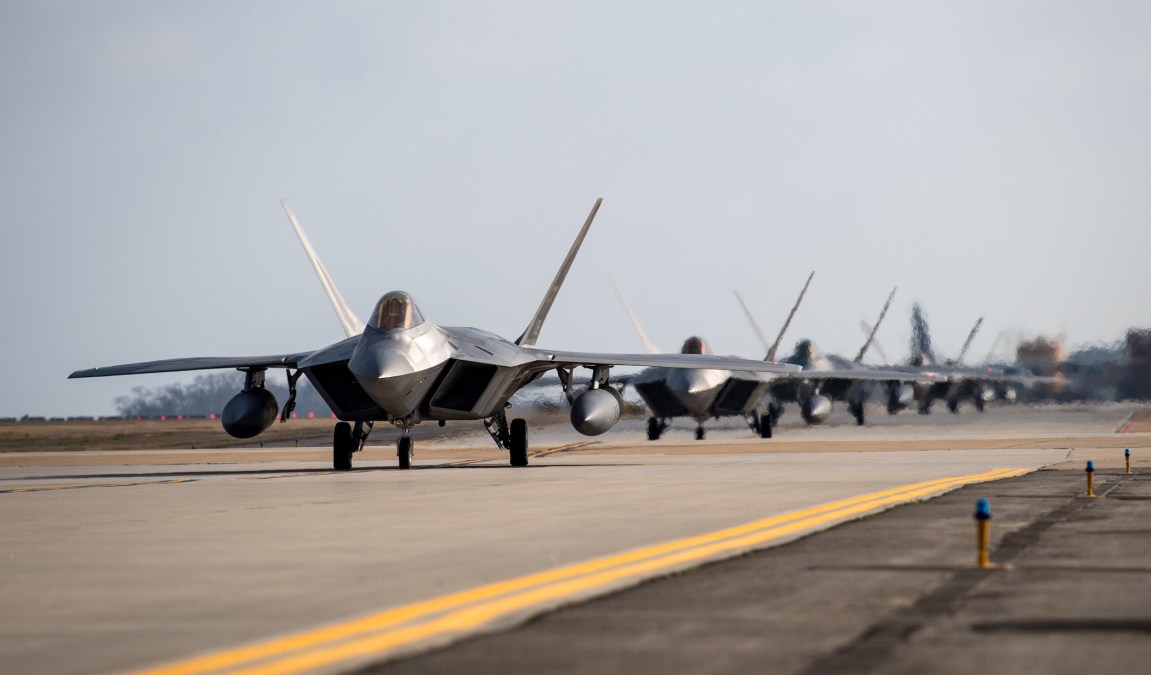Air Force adds to $1B contract to create networked system to power future warfare

The Air Force awarded eight companies spots on a nearly $1 billion indefinite-delivery, indefinite-quantity contract to support its new networked warfare system for all-domain operations.
In total, more than 50 companies now have spots on the IDIQ contract for the Advanced Battle Management System (ABMS), the Air Force’s effort to bring in modern and emerging technology to link missions across the domains of sea, air, land, space and cyber. ABMS is the technical backbone for the futuristic concept of Joint All Domain Command and Control (JADC2), which aims to create a network-of-networks for future fights enabled by artificial intelligence.
The new companies listed on the IDIQ contract include ARES Security, AT&T, Centauri, Cogniac, NanoVMs, Pacific Defense, SRC Inc. and Systematic. They will compete within the larger pool for task orders and future work under the $950 million contract.
“These contracts provide for the development and operation of systems as a unified force across all domains … in an open architecture family of systems that enables capabilities via multiple integrated platforms,” the contract award notice states. In a separate announcement, the Air Force said: “The ABMS acquisition strategy is designed to spur competition and streamline the contracting process to the ‘speed of relevance’ – weeks instead of months, months instead of years.”
The Air Force is leading the joint forces to the JADC2-enabled future with its technical work on ABMS, technology leaders in the service have said. Other branches of the military are also investing in their own use of all-domain operations emerging technology. The goal of many of the systems like ABMS is to link “every sensor to every shooter.” In theory, this would allow scenarios where data from a drone is fed directly to a submarine that repositions to fire a missile that could give cover to ground troops, uniting the military services across domains.
“With ABMS we are stretching the limits of possibility for both joint all-domain operations and for defense acquisition,” Will Roper, assistant secretary of the Air Force for acquisitions, technology and logistics, said in a statement Friday. “To overcome technically sophisticated adversaries, our forces need relevant data at machine speeds. ABMS is building a militarized Internet of Things to deliver it.”
Another goal of the ABMS program is to feed AI systems with data, which the Pentagon hopes will further enhance the lethality of U.S. forces. Projects like ABMS and using emerging technology like AI to power it has been at the forefront of military technology modernization to counter great power competition with China and Russia.
The Air Force will continue to on-ramp vendors onto the IDIQ in the near future.






